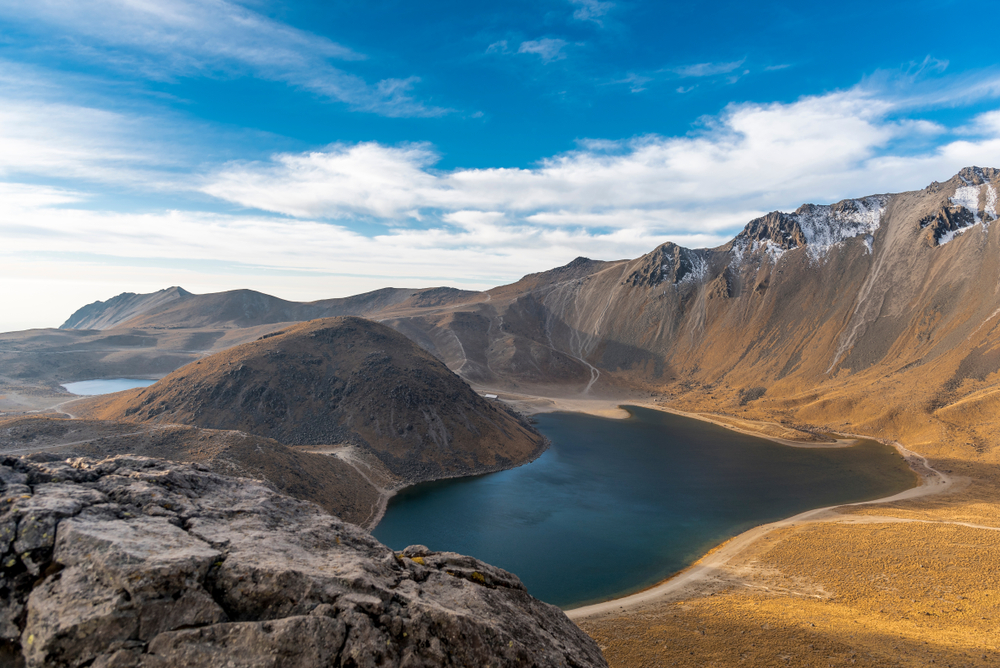Nevado de Toluca Overview
Nevado de Toluca National Park, known locally as Parque Nacional Nevado de Toluca, is a striking protected area in central Mexico. It spans approximately 193 square miles (500 square kilometers) and is located in the State of Mexico, near the city of Toluca.
The park is dominated by the towering Nevado de Toluca volcano, also called Xinantécatl, which reaches an elevation of about 15,354 feet (4,680 meters). This extinct stratovolcano is one of the most prominent features of the Mexican Highlands, and its dramatic crater holds two beautiful alpine lakes, Laguna del Sol and Laguna de la Luna, which are among the park’s most visited attractions.
The terrain of the park is rugged and varied, with steep volcanic slopes, high-altitude grasslands, and lush forests of pine, fir, and oak that extend along the lower elevations. The higher elevations are mostly barren, with rocky outcroppings and scattered patches of hardy vegetation adapted to the cold climate.
During winter, the upper portions of the park are frequently covered in snow, creating a striking contrast with the deep green forests below. The park is also home to several streams and waterfalls that provide water to the surrounding areas, making it an important ecological zone in central Mexico.
Nevado de Toluca National Park is rich in biodiversity, with a variety of wildlife species inhabiting its forests and high-altitude environments. Among the mammals found here are white-tailed deer, coyotes, bobcats, and the elusive volcano rabbit, one of the world’s rarest and smallest rabbit species.
Birdwatchers can spot several notable species, including the golden eagle, peregrine falcon, and the striking Steller’s jay, which thrives in the park’s coniferous forests. Amphibians and reptiles, such as salamanders and rattlesnakes, also inhabit the region, particularly in the lower forested areas where moisture levels are higher.
Visitors to the park are drawn to its natural beauty and recreational opportunities. The hike to the summit of Nevado de Toluca is one of the most popular activities, offering breathtaking panoramic views of the surrounding valleys and mountains.
The crater lakes are another major attraction, with visitors hiking or driving to the rim before descending into the volcanic basin to explore their crystal-clear waters. The park also attracts mountain bikers, rock climbers, and campers looking to experience the rugged beauty of this volcanic landscape. During winter, snowfall adds an extra challenge for hikers and climbers, making the experience even more rewarding for adventure seekers.
The park plays a crucial role in conservation efforts, particularly in protecting its unique high-altitude ecosystems and water resources. However, it faces ongoing challenges such as deforestation, illegal logging, and the impacts of climate change, which threaten its delicate environment.
Conservation initiatives, including reforestation projects and stricter regulations on human activity, have been implemented to mitigate these threats. Additionally, ecotourism efforts aim to promote sustainable travel while preserving the park’s natural beauty for future generations.
Park Map
Nevado de Toluca National Park Highlights
Share your clicks with us
Related National Parks More Mexico

Huatulco National Park

Insurgente Jose Maria Morelos Y Pavon National Park

Insurgente Miguel Hidalgo y Costilla National Park
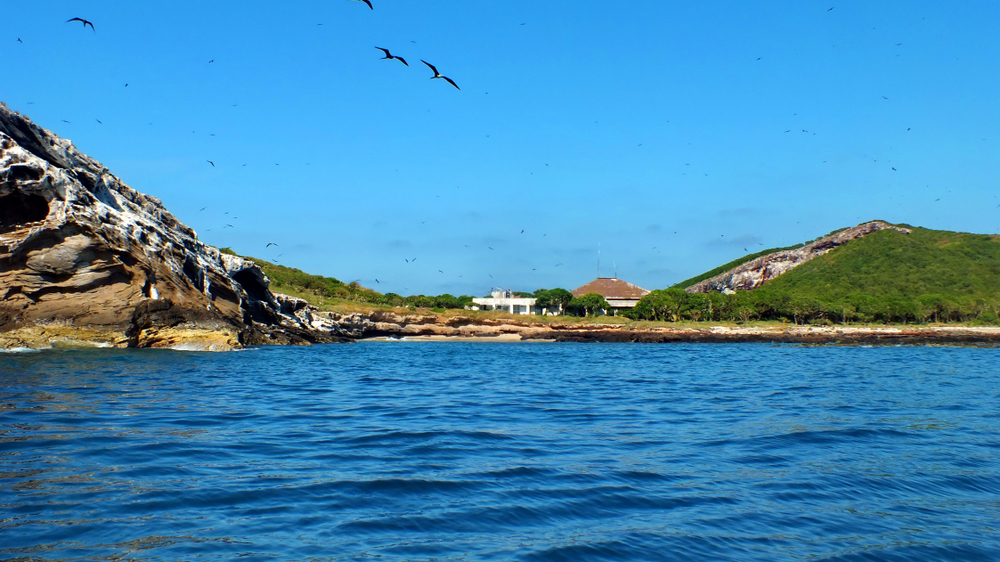
Isla Isabel National Park
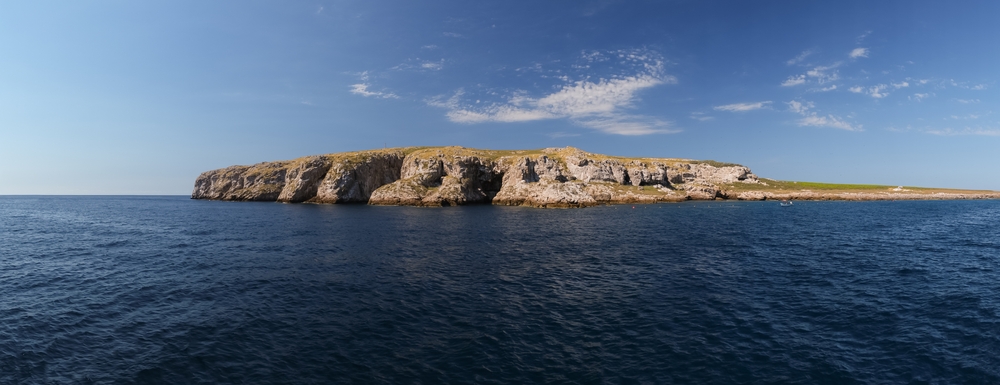
Isla Marietas National Park
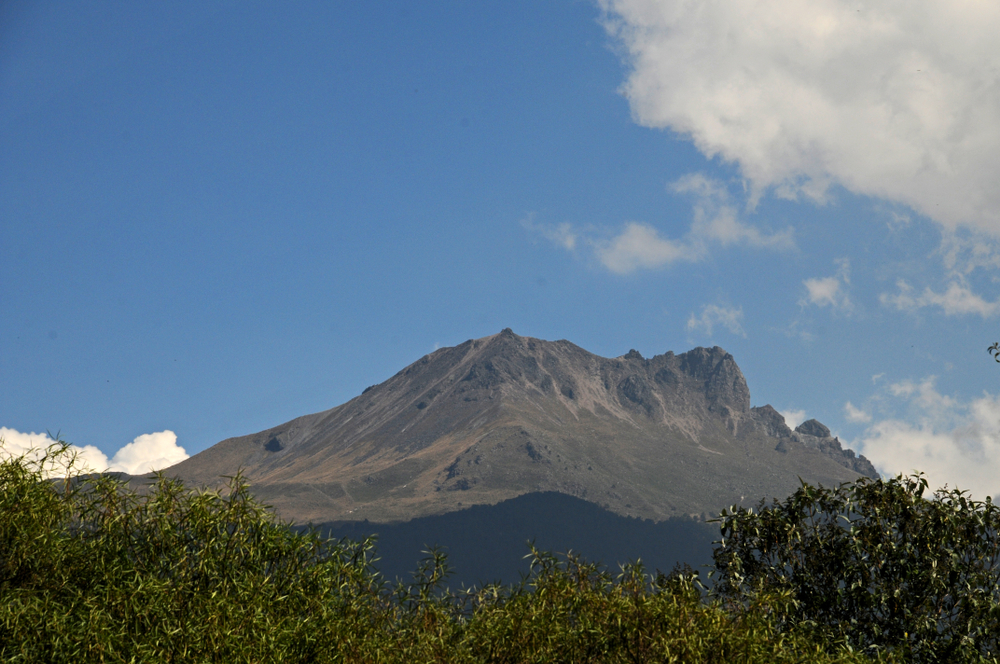
La Malinche National Park
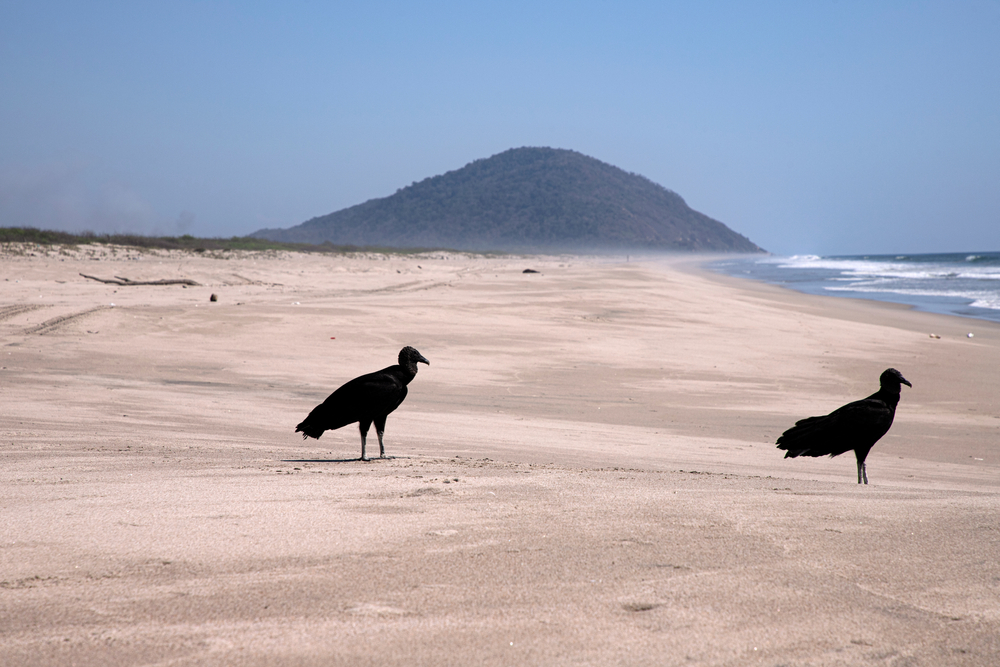
Lagunas de Chacahua National Park

Lagunas de Zempoala National Park

Los Mármoles National Park









































































